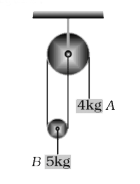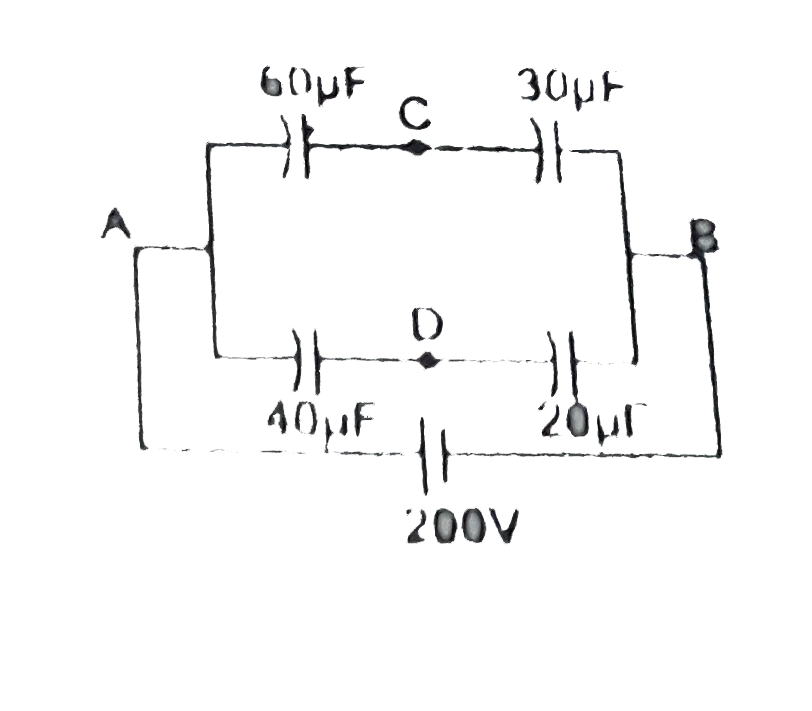For the potential energy curve shown shown in figure.

(a) Find directions of force at points A,B,C,D and E.
(b) Find positions of stable, unstable and neutral equilibriums.
(a) F=−dUdr or −dUdx=−(slope of U-x graph)
(b) At point x=2m, potential energy is minimum So. It is stable equilibrium positions.
At x=2m, potential energy is maximum. So, it is unstable equilibrium position. Tere is no point, where potential energy is constant. So, we don't have any point of unstable equilibrium position.
Topper's Solved these Questions
- WORK, ENERGY & POWERBOOK - DC PANDEY ENGLISHCHAPTER - WORK, ENERGY & POWEREXERCISE - Solved Examples
12 Videos
- WORK, ENERGY & POWERBOOK - DC PANDEY ENGLISHCHAPTER - WORK, ENERGY & POWEREXERCISE - TYPE2
1 Videos
- WAVE MOTIONBOOK - DC PANDEY ENGLISHCHAPTER - WAVE MOTIONEXERCISE - Integer Type Question
11 Videos
- WORK, ENERGY AND POWERBOOK - DC PANDEY ENGLISHCHAPTER - WORK, ENERGY AND POWEREXERCISE - MEDICAL ENTRACES GALLERY
33 Videos
Similar Questions
For the potential energy function shown in fig. there will be an unstable equilibrium at position

View SolutionFor the potential energy curve shown in figure.
(a) Determine whether the force Fx is positive, negative, or zero at the five points indicated, (b) Indicate points of stable, unstable, and neutral equilibrium, (c) Sketch the curve for Fx versus x from x=0 to x=8m.

View SolutionConsider the situation shown in the figure.

Find acceleration of B.
View SolutionFind the electrostatic potential energy of the system shown in the figure

View SolutionForce acting on a particle moving along x-axis as shown in figure. Find points of stable and unstable equlibrium.
 .
.
View SolutionThere is a electric circuit as shown in the figure. Find potential difference between points a and b.

View SolutionFind the potential difference between A and B as shown in the figure

View SolutionTake the potential of the point B as shown in the figure to be 100 V.
(a) Find the potentials at the point c and D.
(b) If an uncharged capacitor is connected between C and D, then find the amount of charge that will appear on this capacitor

View SolutionPotential energy of a particle moving along x-axis is by
U=(x33−4x+6).
here, U is in joule and x in metre. Find position of stable and unstable equilibrium.
View SolutionFind the potential difference Va−Vbin the circutis shown in figure

View Solution
